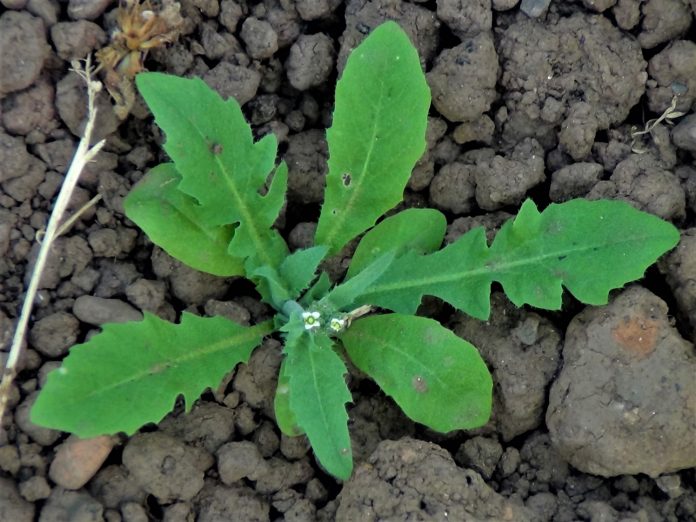A herbaceous weed naturalized from the Mediterranean, Shepherd’s purse is widespread and abundant in North America, primarily where humans have been invaded and soil had been disturbed. It also grows in stable soil such as lawns, vacant lots, old fields, and landscape beds.
Shepherd’s Purse has many common names like Shepherd’s heart, Shepherd’s pounce, Toywort, Bolsa de Pastor, and Pickpocket.
You may wonder why this matters. After all, what’s significant about Shepherd’s purse? It’s a weed, isn’t it?
Well, yes and no. It’s a weed, but it’s useful. Not just tasty and nutritious, this little plant has some very useful medicinal qualities. Recognizing, harvesting and using it is worthwhile for any prepper.
Related: 14 Powerful Natural Remedies For A Sinus Infection
Identifying Shepherd’s Purse
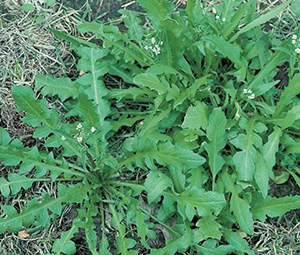
Shepherd’s purse loves moisture, fertile soil, and cold weather. That said, as long as the seeds have enough moisture to germinate and the plant can be established, it can grow anywhere, even in poor soil, hot weather, and dry conditions.
What you’re looking for is a plant that looks a little like a small dandelion, but with a cluster of small flowers instead of a big one.
Fortunately, there are some reliable identifying ways. Next, shepherd’s purse leaves are consistently smaller than dandelion, cat’s ear, and sow thistle. Second, they have a regular design.
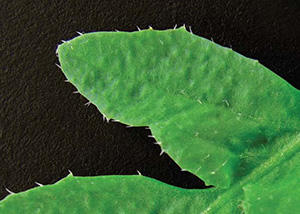
Look at the plants’ leaves. Note how consistent the shepherd’s purse leaves are to each other.
There is a tapered leaf stem (petiole) leading to regular lobes on each side of the leaf. The leaf’s top third is larger than the middle or lower third.
Looking closely at the leaves – you might need a hand magnifying glass – you’ll also see tiny hair-like spines along the edges.
Older plants will grow a flower stem from the center of the leaf cluster. This stem will have a cluster of flowers on top and will probably grow along its length.
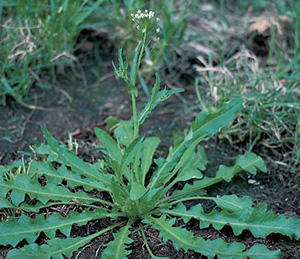
Once flowers are fertilized, they turn into green, heart-shaped seed pods; the stem will grow bigger, forming at the tip a new cluster of flowers.
The distinctive pods growing along their length can recognize older plants.
New flower stems can also branch off the main one.
Harvesting the Plant
The best time to collect shepherd’s purse for food is early spring and late fall. The colder, wetter weather means each plant keeps growing leaves for longer until it starts moving a flower out.
If you harvest in summer, the plants will shift to grow a flower stem sooner. If there is enough rain, summer plants can still produce a good crop of leaves, but in warmer weather, it’s more of a gamble.
Related: Essential Everyday Items for Home Remedies
Edible Parts
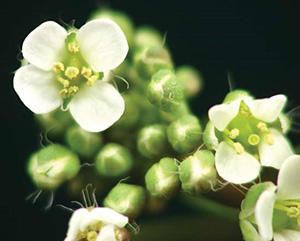
If you notice shepherd’s purse growing near you, mark the place, it’s a useful source of food. Any of the plant’s parts — leaves, buds, seeds, and tips of leafy stems — can be eaten, and they’re very nutritious. Shepherd’s purse is high in omega-3 fatty acids, calcium, iron, and zinc.
It also has levels of vitamin C and manganese as good as most vegetables.
Shepherd’s purse is also tasty. When you have young leaves from lush plants that grow quickly in a good place, they make a perfect green salad you can use instead of lettuce or spinach. Trim the base from larger leaves to remove the stem which can be chewy.
The actual taste ranges from mild to quite peppery depending on the growing conditions.
Like any other greens, you can also boil shepherd’s purse and use it as a side, or add it to soups and stews.
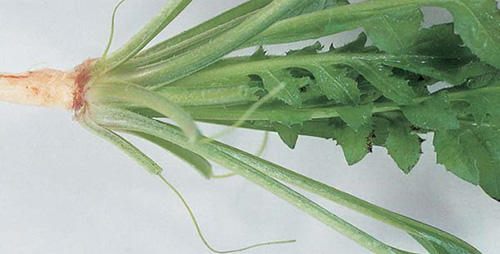
Medicinal Uses
Like many plants, shepherd’s purse isn’t just a good source of food; it’s also a useful addition to your medicine cabinet.
It has been used in Western and Eastern medicine for centuries, and is still popular among herbalists. Traditionally, shepherd’s bag had several uses:
- It may help relieve diarrhea.
- Relief of cystitis symptoms.
- Calming stomach disorders.
- Treating sore throats.
- An effective laxative.
- Remedy for urinary tract infections.
These are all useful properties, but they’re all just extra benefits in addition to what shepherd’s purse is really good at — stopping bleeding.
It is also used to help heal wounds, stop bleeding from minor cuts, or treat menstrual bleeding and internal hemorrhaging. Scientists think this is because it contains a protein that mimics oxytocin, which stimulates the contraction of the blood vessel.
In many ways, shepherd’s purse can be taken to treat internal bleeding. Here are ones you can make at home:
Shepherd’s Purse Tincture
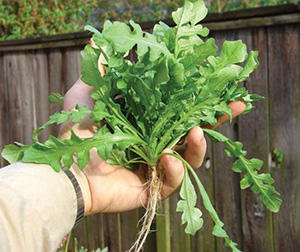
Collect and chop enough stalks to loosely fill a small mason jar. Cover the plant with alcohol – you can use vodka, Everclear, or pharma grade vegetable glycerine. Then cap the container and keep it out of direct sunlight in a warm position for 4-6 weeks. Finally, strain the liquid and bottle for future use.
The tincture should be taken internally, adding 20-30 drops twice daily into a glass of water. It can also be used to treat nosebleeds by inserting a cotton ball dipped in the tincture and into the nostril.
Shepherd’s Purse Tea
Gather the shepherd’s purse leaves, tie them in bunches, and hang them to dry. Once they are dry, chop them in a blender (a few seconds) and store them in an airtight container. Make tea by infusing 1-2 herbal teaspoons in hot water for 10-15 minutes. It can be drunk 3-4 times a day. If fresh plants are available, it can also be chopped and used to make tea.
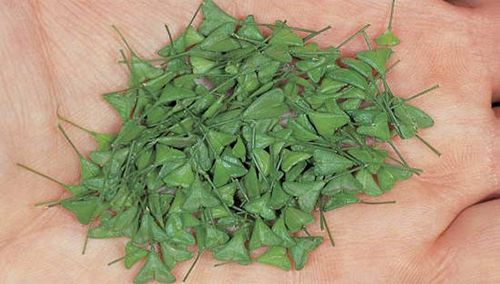
To treat external bleeding from minor cuts and scrapes, you should dip a cotton ball into the tincture and apply it to the wound directly.
In an emergency, you can also put leaves directly on the wound; in the First World War, when supplies of other anti-bleeding drugs ran out, soldiers used shepherd’s purse.
Shepherd’s purse is a plant every prepper will know and use. It’s both a valuable food source and medicine.
Look for it to growing wild in your area, and even consider growing it on your own – if you have a spare patch of moist soil turn it over well, collect or buy some shepherd’s purse seeds and create your own supply. In an emergency, you’ll be pleased to have a guaranteed source of this valuable plant.


